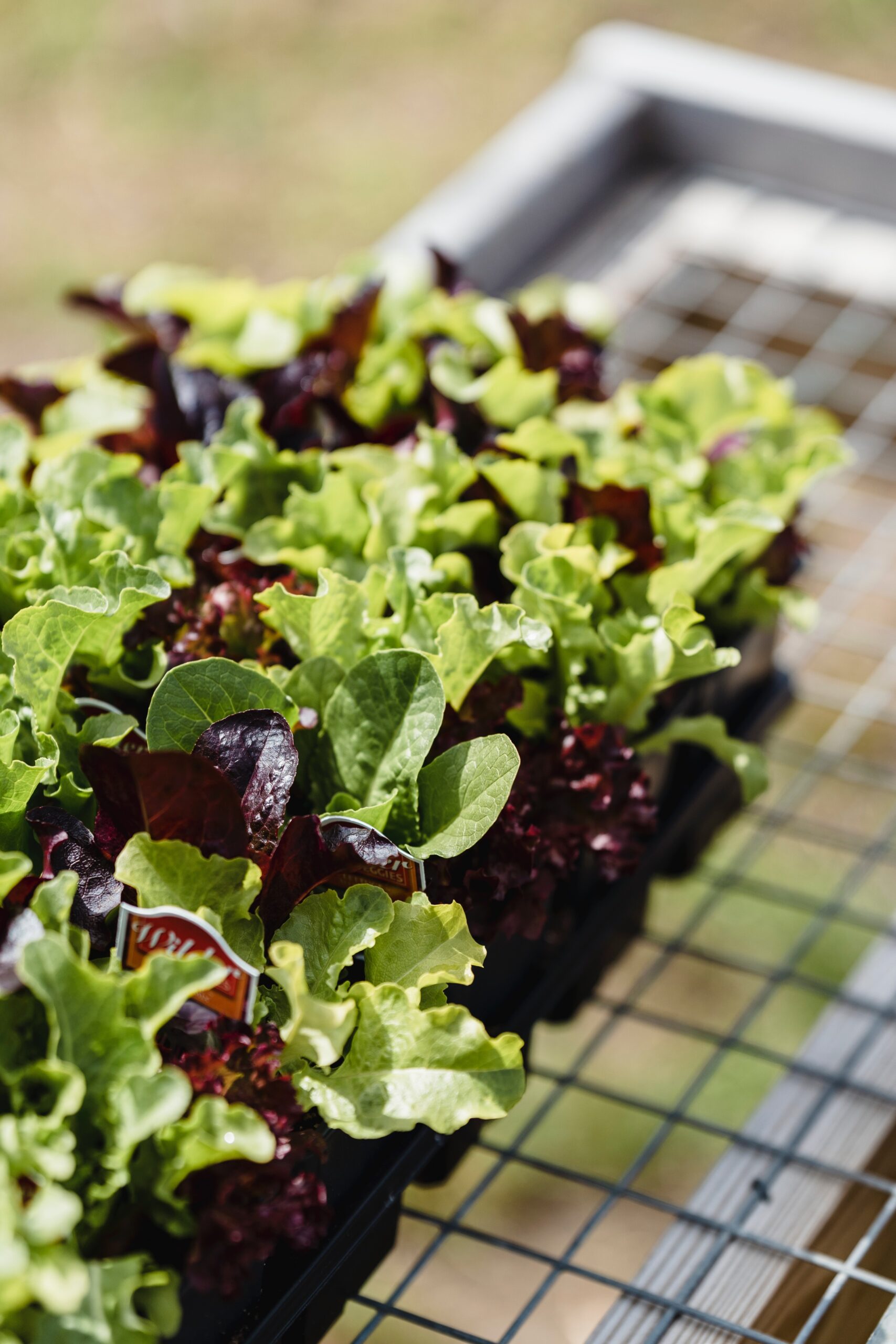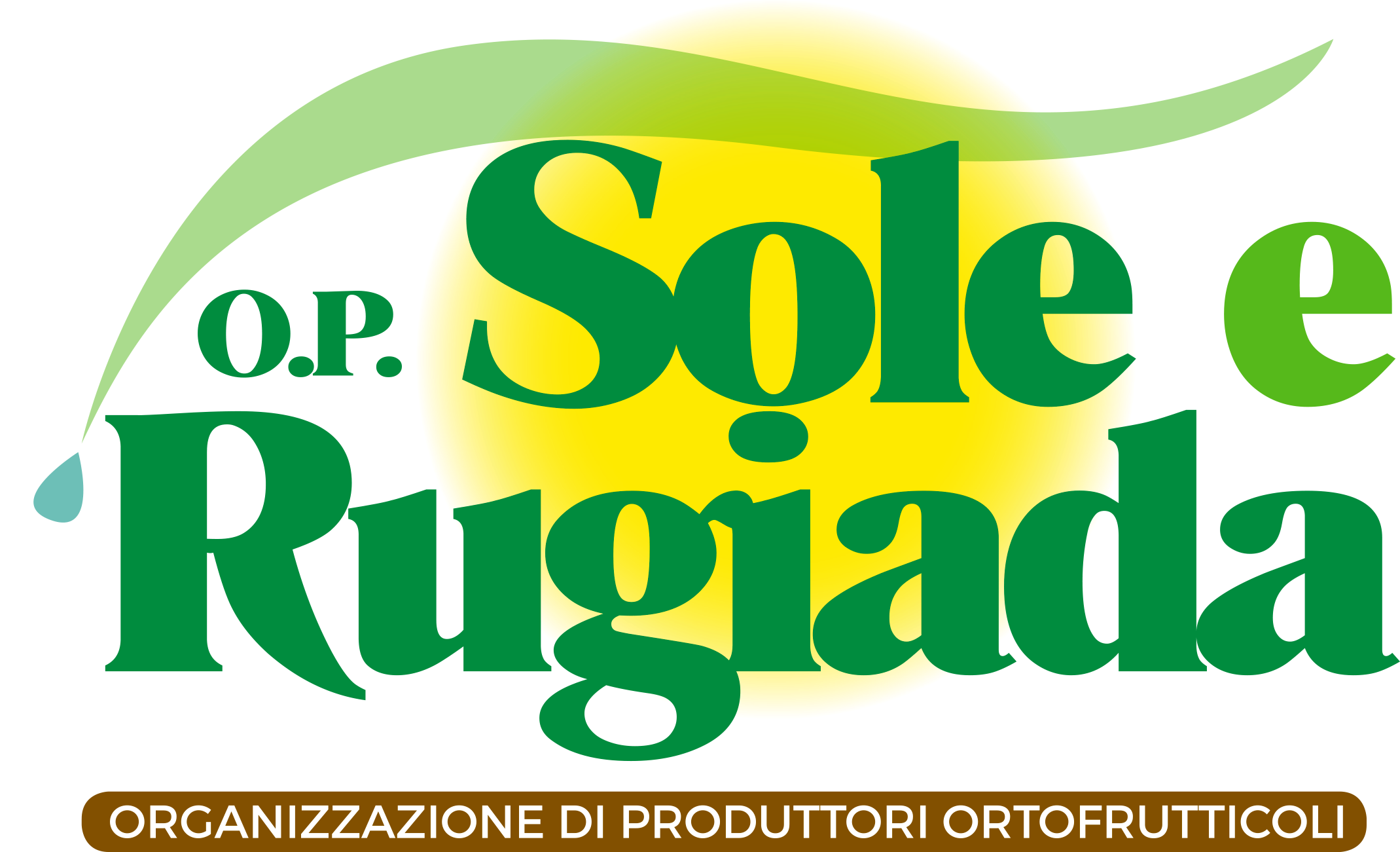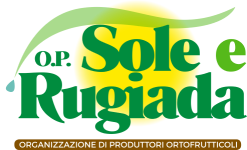GOOD AGRONOMIC PRACTICES
Integrated, sustainable and innovative, the Italian agri-food chain ensures efficient quality control and traceability of the entire product life cycle in compliance with strict regulatory standards of food safety and environmental protection.
Horticultural production with a high service content (the one that characterizes the so-called “fresh-cut salad” is one of the agricultural sectors in which significant investments are made in research and development, aimed at identifying a selection of cultivars with high yields and low inputs of pesticides and fertilizers.
The high level of integration that characterizes the fourth range supply chain guarantees efficient, safe and traceable production but at the same time means that adverse weather conditions, the presence of pathogens infesting crops and the variability of sales prices, affect the entire production chain. Climate change is one of the most important factors affecting the profitability of horticultural production, causing difficulties of a qualitative and quantitative nature linked to the procurement of raw materials destined for valorisation in products with a high service content.
In response to social and environmental needs, the development of sustainable agricultural practices capable of combining the need for high yields and environmental protection based on the conscious use of the soil, the reduction in the use of fertilizers and minimization is growing rapidly. of greenhouse gas emissions, with a view to circular economy and green economy. These practices include, among others, the use of sustainable fertilization techniques and the use of genetic improvement techniques to generate varieties that are more resistant to pathogens and unfavorable environmental conditions.
SUSTAINABLE AGRONOMIC PRACTICES FOR PATHOGEN CONTROL
From agropharmaceuticals to biological and integrated solutions
Substances obtained synthetically or of biological origin, pesticides are used in the protection of the crop during all stages of its growth. Often erroneously defined as pesticides, agrochemicals include a large class of molecules and active ingredients aimed at complying with the protection of the plant with different mechanisms of action.
From fighting weeds to protection, five main categories are distinguished according to the types of treatment: fungicides or fungicides, insecticides and acaricides, herbicides or herbicides, nematicides and fumigants – to support soil disinfestation, plant growth regulators – to support growth.
Over the past few decades, agropharmaceuticals have played a fundamental and irreplaceable role connected to the exponential increase in the consumption of agricultural products, allowing intensive production at low cost for the benefit of yield, safety and quality of food. In the absence of crop protection products, the risk of a significant reduction in agricultural production is real, mainly due to the increase in pathogens responsible for serious crises in agricultural production.

Two projects promoted by O.P. Sole e Rugiada under the 2014-2020 RDP Measure 16 of the Lombardy Region
Aimed at contrasting, with low environmental impact agronomic practices, the presence of a virus capable of rapidly infecting the production of open-field salads destined for fresh-cut products.

